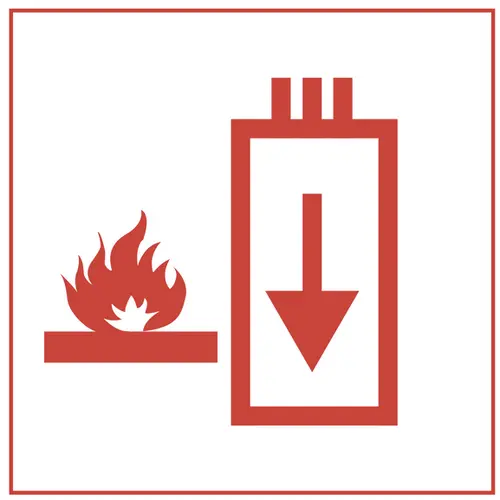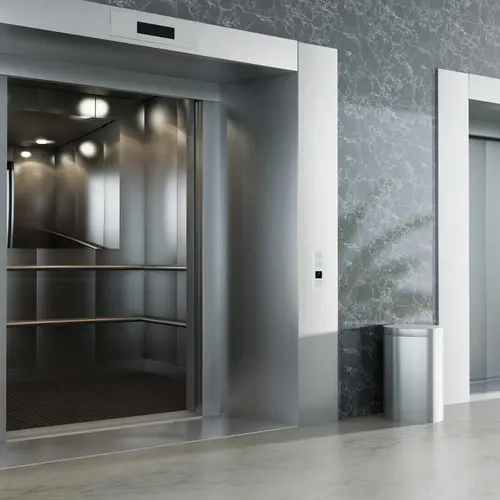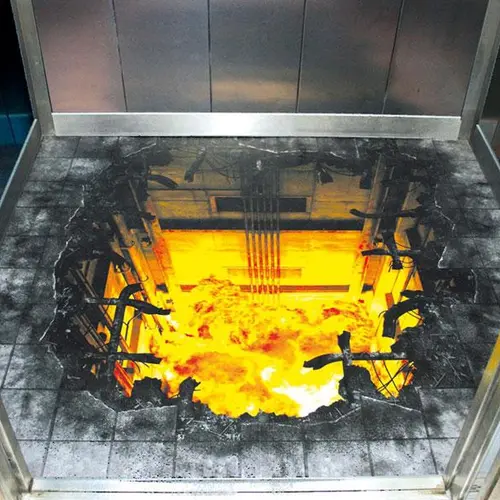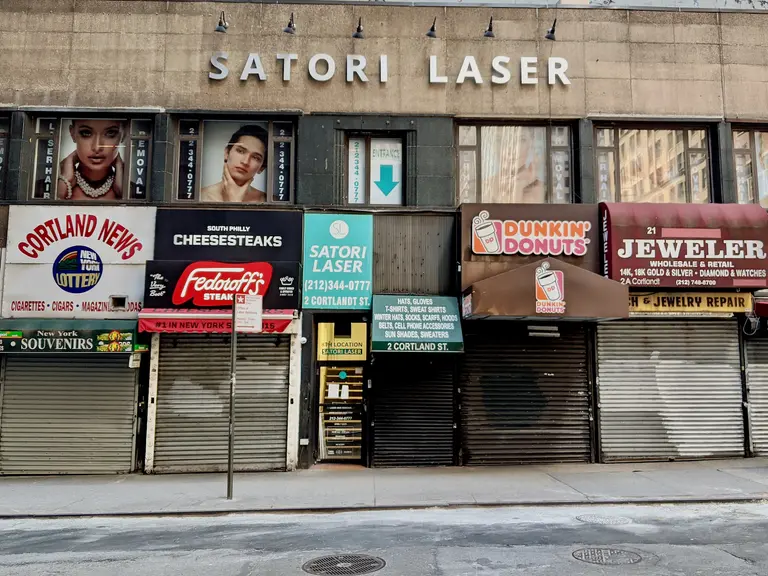In Case of Fire, Take the Elevator to Safety

If you work in a tall tower, throw everything you ever learned about fire safety out the window because the Fire, Buildings and City Planning Departments are re-writing the rules. In response to the supertalls popping up across Manhattan, the agencies are looking to create more occupant-evacuation elevators that can be used to move people down a tower in the event of an emergency. Because, really, can you imagine trying to flee down 90 flights of stairs?
According to the Times, experts have spent years studying building evacuations and believe that nowadays avoiding an elevator in a fire, particularly if in a tall tower, is an outmoded notion that can be potentially dangerous—this rings especially true for the obese, pregnant and the elderly; as previous disasters like September 11th have shown.
“We have to find a better way to evacuate people from high-rise buildings, including people with disabilities. [Occupant-evacuation elevators are] really for the expedient evacuation from endangered floors to a safer location until the arrival of the Fire Department,” Edward T. Ferrier, the deputy assistant chief of fire prevention, told the paper.
While a number of such towers have already been installed abroad, New York is still working on the technology. Some of the first buildings in the pipeline slated to get occupant-evacuation elevators are 3 and 4 World Trade Center. Schindler Elevator Corporation is currently testing and developing some options for the buildings, guided by a slew of requirements demanded by the city that include that the floors in front of the elevator doors be raised slightly to protect the hoistways from water from sprinklers or firefighters’ hoses; the capacity of the emergency generators be increased to provide uninterrupted service to those cars; that the cars stop at every floor; and that hoistways are within cores reinforced with 18-inch thick concrete walls. In addition, the Buildings Department is drafting rules for the elevators with the Fire Department.
But it’s a building code provision that could give these elevators a shot in more and more buildings. A “third stair” is now required of new commercial high-rises of more than 420 feet, meaning developers need to create a third means of emergency exit for occupants. The City Planning Commission recently approved a measure that would allow developers to meet the requirement by either adding another stairway, providing wider stairways, or by making all elevators comply with occupant-evacuation standards. The measure however still needs to go to the City Council for their approval.
It’s also worth noting that residential high-rises aren’t addressed in the new measure, partly due to the fact that fewer people are in a residential building as compared to an office tower. The idea however certainly isn’t out of the question.
[Via NYT]
RELATED:
- How Long Are the Elevator Commutes in the Tallest Towers?
- ThyssenKrupp’s New Elevator Could Revolutionize Skyscraper Design with Its Horizontal Capabilities
- Going Up: Uncovering the Art Deco Elevators of Landmarked Building Interiors
Lead image via Speedpro
Explore NYC Virtually
Leave a reply
Your email address will not be published.


































Wonder if we might have (c) permission to use the burning elevator shot in a story we are doing about a survivor at WTC attack on 9/11? My phone is 732-979-7001 and my email is on left. The have a 3 minute video we are creating of the event and a miraculous survival, which we would be happy to share with you.